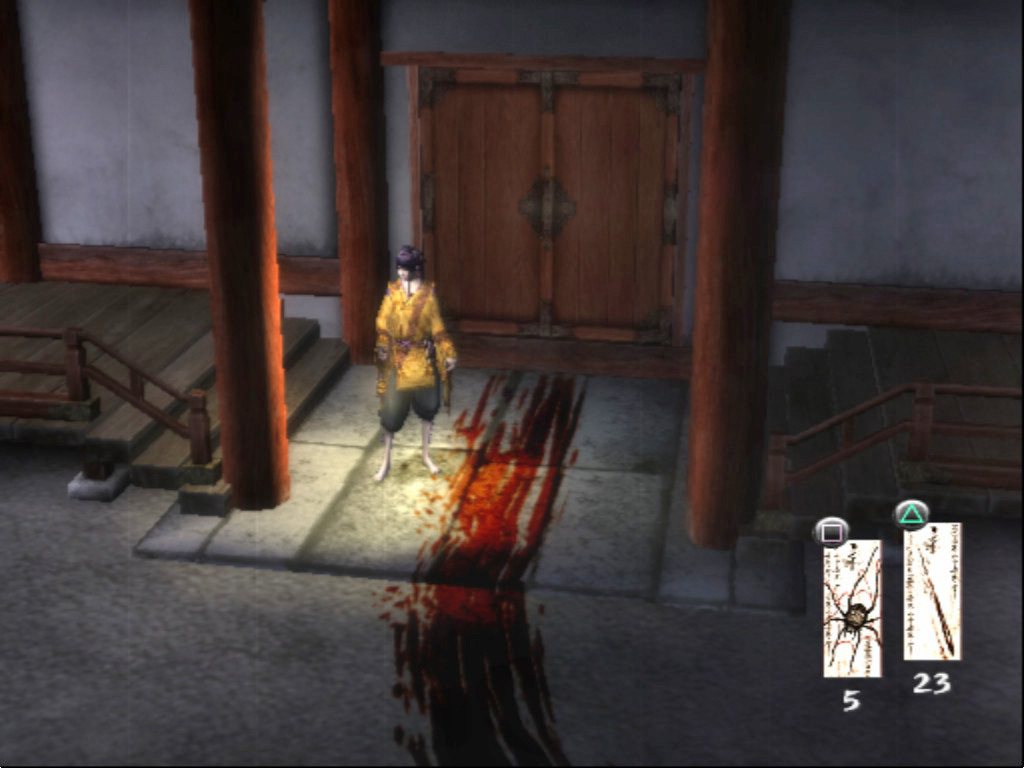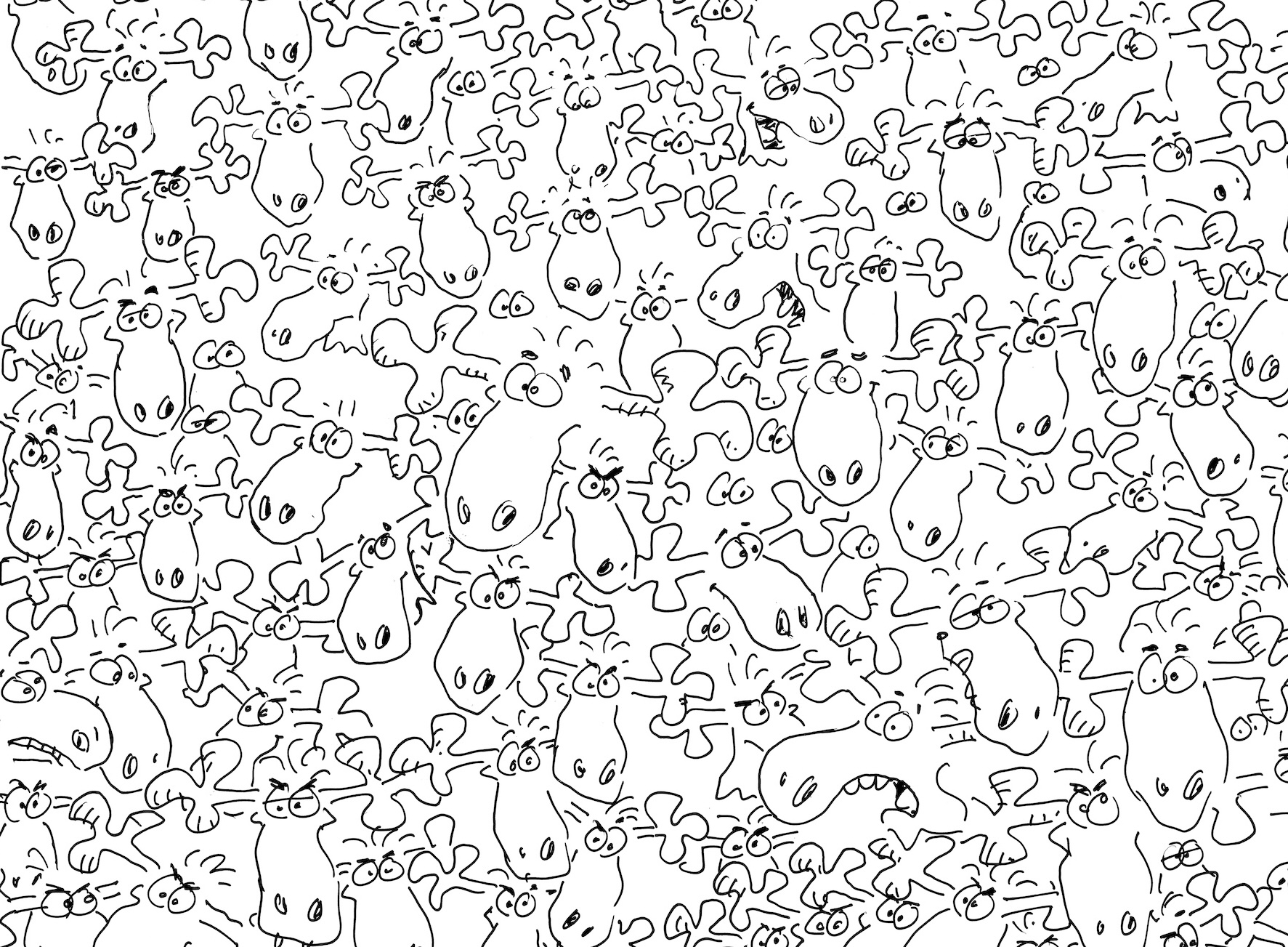Kuon is one of many survivial horror games that time forgot. It’s also one of the most unique survival horror games of the 2000s.
With the release of the much anticipated Shadow of the Erdtree DLC for their hit 2022 game Elden Ring, all eyes are on Japanese studio FromSoftware, known for their incredible difficult fantasy games known as ‘Soulslikes.’ The studio is an incredible success story, growing a rapid fanbase over the last fifteen years who will defend their games to the death. However, many people don’t discuss FromSoftware’s games before their break out with Demon’s Souls. One such game is the historical survivial horror Kuon. Similar to cult classic Rule of Rose, Kuon sells secondhand for an ridiculous amount of money. What is is that makes this game so unique, aside from simply who developed it?
Before Demon’s Souls, and the meteoric rise of ‘Soulslike’ titles, FromSoftware tried just about every game genre you can think of. Their first game was the 1994 role playing game King’s Field, before expanding out into other genres ranging from shooters (Armored Core) to children’s games (The Adventures of Cookie & Cream). They mainly focused on building up extensive series, never shying away from making sequels that elaborated on the mechanics of their predeccesor. On this front, Kuon is unique – a brand new survival horror game, mechanically dissimilar to classics such as Resident Evil 2 and Silent Hill. Under producer Atsushi Taniguchi and art director Nozomu Iwai, production began on Kuon in 2003 as they finished off Lost Kingdoms II. The intent was to create a new approach to horror, utilising a traditional Japanese setting and taking influence from kaidan, a style of Japanese ghost stories set in the distant past.
 Promotional art for Kuon.
Promotional art for Kuon.Production was reportedly not an easy process. While details are scarce, the schedule was apparently hectic, development of the game itself difficult with numerous unspecific production issues. The game features a card-based battle system, mechanically similar to previous FromSoftware title Lost Kingdoms. Certain mechanics, such as the ‘tempest’ mechanic were introduced late in development and helped add to the difficulties of the game’s production. The game’s budget isn’t entirely well known, but I would comfortably assume it was quite tight, and the schedule rigorous. The game’s title, Kuon, has a double meaning, translating to both ‘Nine Evils’ and ‘Eternity’, complimenting the games’ themes and story. The games’ narrative ends on a cliffhanger due to Taniguchi’s desire to make a sequel, which never ended up happening.
Kuon is set in the real-life Heian period of Japanese history. Spanning from 794 to 1185, this period of Japanese history is known for being peaceful, with the country’s national identity emerging for the first time. A number of great works of art and texts were created in this time, including the invention of two of Japan’s writing styles, Katakana and Hiragana, and there were more women in positions of power than every before. This period is also known for it’s ghost stories and mythology, often seen as one of the periods in Japanese history where mysticism and religion were at a peak of importance. This is reflected in the games story, which is directly focused on concepts of resurrection, curses and the machinations of onmyoji, or what Western audiences might refer to as exorcists.
The gameplay of Kuon is one of the most fascinating aspects of it.While it follows the somewhat typical loop of finding clues and solving puzzles, the combat is incredibly unique. Due to the setting, the regular survivial horror guns and weaponry aren’t available. Instead, there is a fixed weapon depending on the playable character – one armed with a knife, one with a fan, and one with a polearm. There is also a series of spell cards, which can either create projectiles or summon an allied creature. If you run too much in the game, you’ll be absolutely destoryed by monsters, so stealth is key. When low on health or energy, characters can succumb to a vertigo effect, healed by various items found in the manor. Additionally, the game utilises the traditional fixed third person camera angles and tank controls regular to survivial horror games of the time. Kuon’s gameplay can be seen below.
The story of Kuon revolves around the titular Kuon ritual, which is quite complicated and needs some explaining. The game is set at the fiction Fujiwara Manor, an estate in Kyoto. There are two magical Mulberry trees planted near the manor, which birth silkworms that can resurrect the dead. The resurrection can only be sustained by merging physically with other living things. Our antagonist’s goal is to experiment on this process, performing the resurrections nine times in order to create a new being which could potentially be immortal. What follows is a nightmarish haunted manor filled with monstrous creatures, a web of lies and mysteries, and attempts at survival.
Taniguchi desired to have important female characters to contrast with other horror games of the period. Our dual protagonists and playabale characters are Sakuya, an onmyoji-in-training, and Utsuki, a young rich girl whose father, Ashiya Doman, is the main antagonist of the story. Doman is a particularly interesting aspect of this game, based on a real-world historical figure. A deeply ambitious onmyoji, he becomes obsessed with the Kuon ritual. Every important character ties back to Doman in one way or another, and he is very much at the centre of the narrative. There is additionally a third unlockable playable character in the form of Abe no Seimei, another master onmyoji and Doman’s notorious rival. There’s a lot of complex narrative parts moving throughout this game, and information is often conveyed in subtle and missable ways, a FromSoftware specialty to this day. Utsuki is a particularly heartbreaking character, her suffering across the story seemingly never ending, and her character arc going into dark places that reflect the attitiude towards women in Japan’s Heian era. Sakuya stands in contrast to that, more capabale and confident, and functions as a force of nature to push the narrative forward immensely. Abe no Seimei is also an interesting figure, less morally good than our main two characters with a more selfish and ruthless edge.
 In-game screenshot from Kuon
In-game screenshot from KuonThe game was released in the United States in 2004 by Agetec, then FromSoftware’s usual distribution partners. The kept the original Japanese language dub in the game, with options to choose between that or English. Originally scheduled to be published in the UK by Digitial Jesters, it was eventually released in 2006 across Europe by the company Nobilis. It released to mixed reviews from critics, who criticised elements of the gameplay but praised the aesthetics and story. The games’ release was quite limited overseas, which is a direct contributor to it’s scarcity and value today. Combine that with the games unique story and setting, and you have a lot of people interested in a rare game.There quite simply isn’t enough copies of the game in existence, especially compared to how many FromSoftware or horror fans have become interested in playing the game, leading to an artificial inflated value for secondhand copies.
I find games like Kuon fascinating. Unique artistic projects simply going by unnoticed, and by the time there’s an audience interested in them, it’s almost too late. It might be rough in some areas, but it’s got a completely unique approach to survivial horror, even in a period where the genre was undergoing a lot of experimentation, and that alone gives it a memorable place in the genre’s history. It’s another good game that makes the case in favour of preserving older games and ensuring their survivial into the modern era, and the sheer demand of the game second-hand should ideally show companies that there is interest in this games being available. With FromSoftware’s newfound success, all eyes are on their next Soulslike game, and how it’ll potentially change up on their usual formula. Some of the DNA of Kuon’s story and setting survive in the form of Sekiro: Shadows Die Twice, renowned as potentially the most difficult Soulslike the studio has ever made. Whatever their next project may be, part of me deeply hopes it’ll be a return to survivial horror, or perhaps a return to Kuon itself.
 Concept art for Kuon.
Concept art for Kuon.




















 English (US) ·
English (US) ·